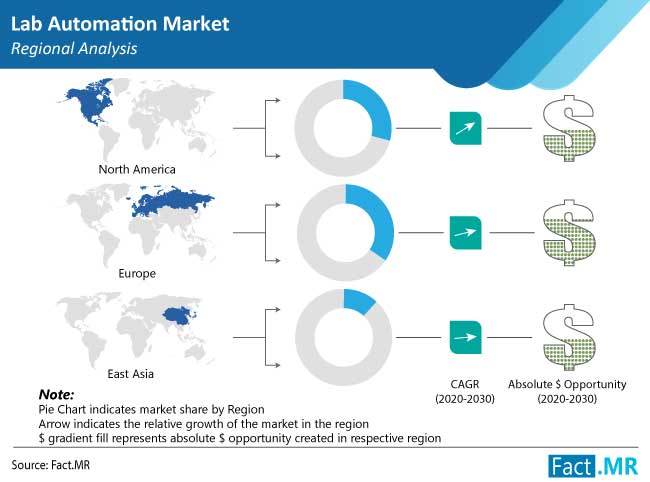

first-line) testing and core facilities, where large volumes of samples are delivered for performing more specialized tests. The impressive diffusion of laboratory automation has been strongly catalyzed by an ongoing process of reorganization of laboratory diagnostics according to the paradigmatic “hub-and-spoke” model, where laboratory facilities are increasingly organized within a network encompassing peripheral laboratories carrying out simple (i.e.
HISTORY OF AUTOMATION IN THE CLINICAL LAB MANUAL
The abundant and multifaceted advancements of automation technologies have also generated a profound impact on the organization of clinical laboratories, where many manual tasks have now been partially or completely replaced by automated and labor-saving instrumentation. As many ongoing technological innovations coupled with the current scenario, profoundly driven by cost-containment policies, will promote further diffusion of laboratory automation in the foreseeable future, here we provide a personal overview on some potential advantages and limitations of TLA.Īutomation has strongly contributed to revolutionizing many human activities, thus providing unquestionable benefits on system performance. On the other hand, developing a model of TLA also presents some potential problems, mainly represented by higher initial costs, enhanced expenditure for supplies, space requirements and infrastructure constraints, staff overcrowding, increased generation of noise and heat, higher risk of downtime, psychological dependence, critical issues for biospecimen management, disruption of staff trained in specific technologies, along with the risk of transition toward a manufacturer’s-driven laboratory. The opportunity to integrate multiple diagnostic specialties to one single track seems effective to improve efficiency, organization, standardization, quality and safety of laboratory testing, whilst also providing a significant return of investment on the long-term and enabling staff requalification. In a model of total laboratory automation (TLA), many analyzers performing different types of tests on different sample matrices are physically integrated as modular systems or physically connected by assembly lines.

Automation is considered one of the most important breakthroughs in the recent history of laboratory diagnostics.


 0 kommentar(er)
0 kommentar(er)
